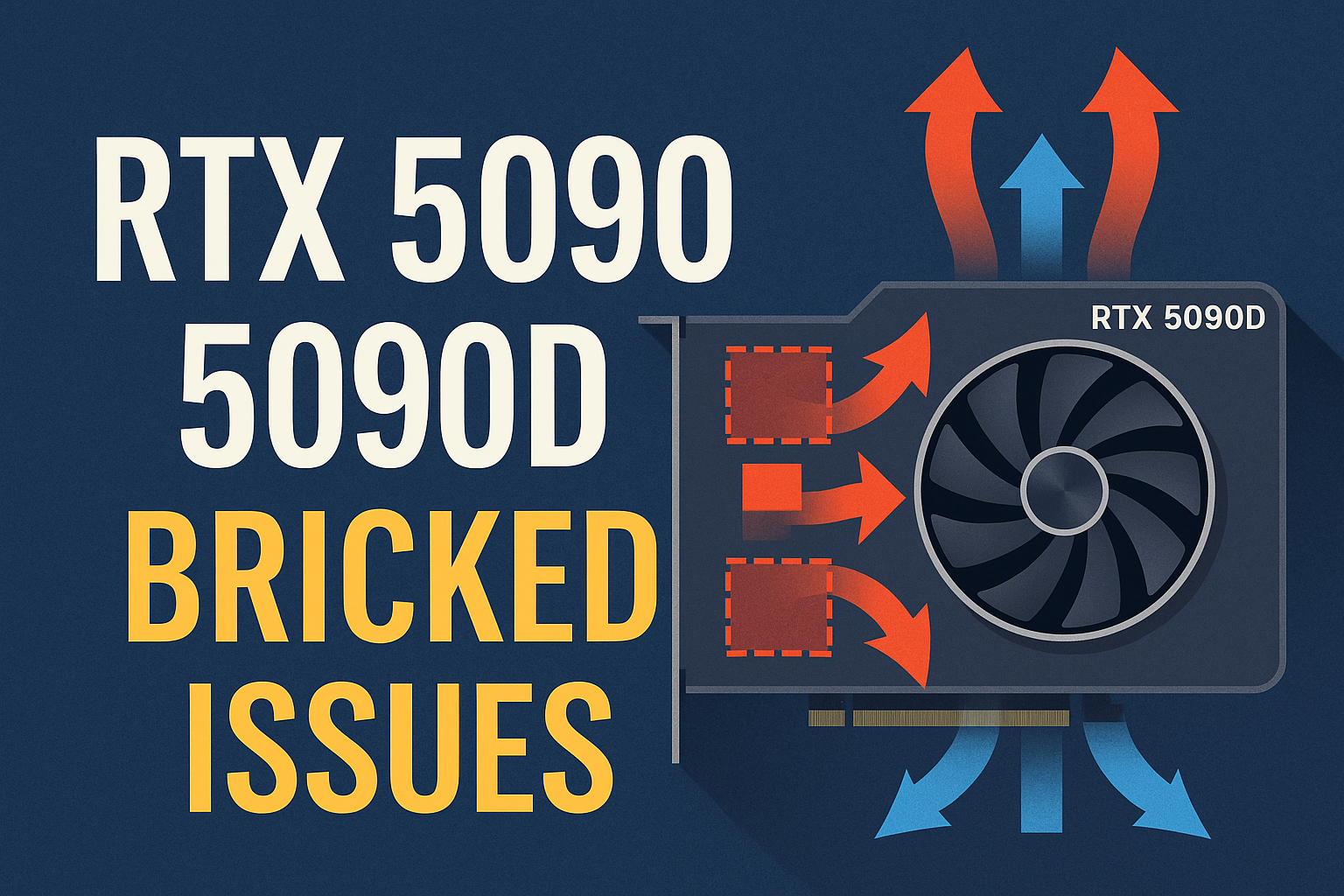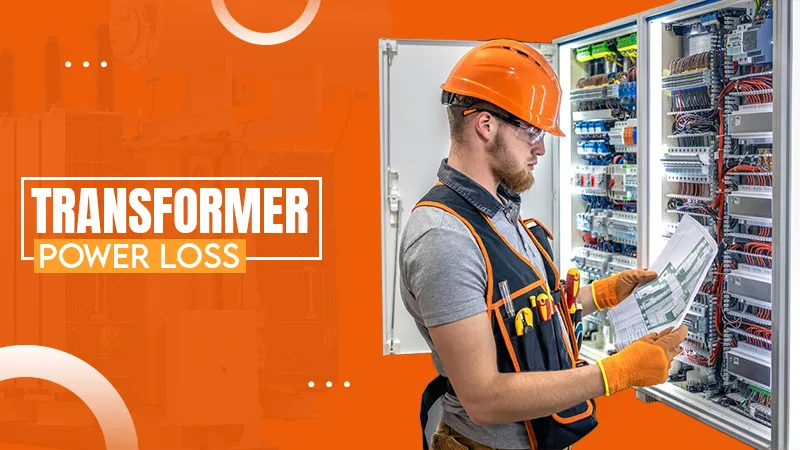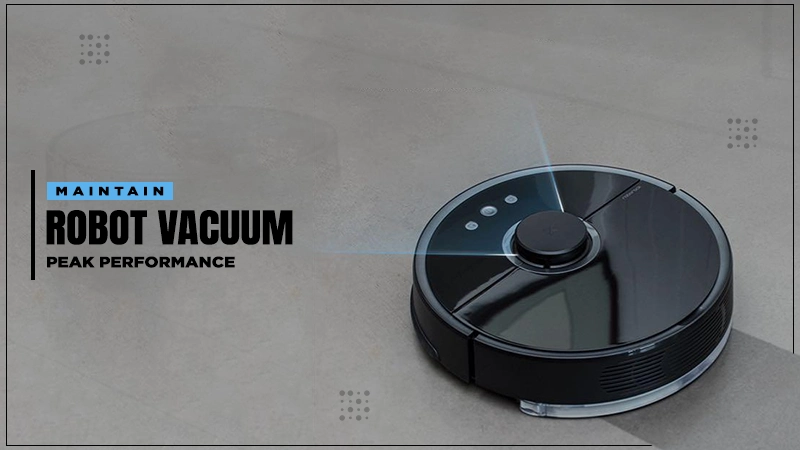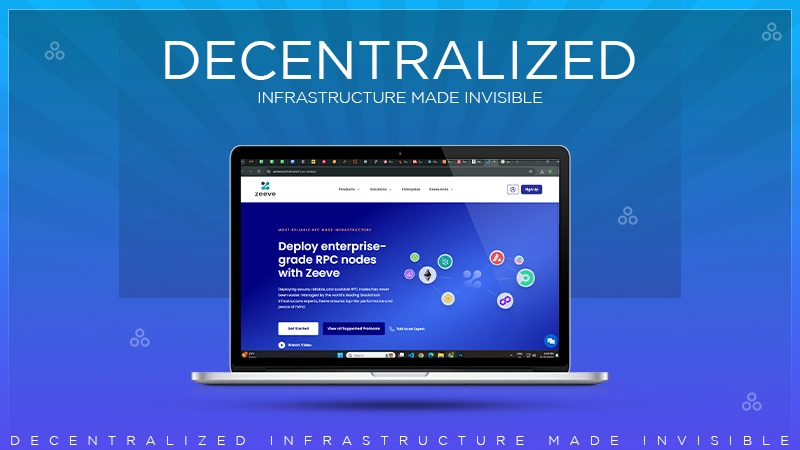Building responsibly means making choices that benefit both your wallet and the planet. As climate concerns intensify and energy costs soar, homeowners are discovering that sustainable construction isn’t just an environmental statement—it’s a smart financial strategy.
Modern sustainable building materials offer durability, energy efficiency, and long-term cost savings that traditional options simply can’t match. From innovative insulation systems to advanced roofing solutions, these materials are transforming how we think about construction and renovation projects.
Energy-Efficient Roofing Solutions
Your roof does more than protect your home from weather—it plays a crucial role in energy consumption and environmental impact. Metal roofing has emerged as a leading sustainable option, reflecting solar heat to reduce cooling costs by up to 25%.
Unlike asphalt shingles, which often end up in landfills after 15-20 years, metal roofs offer a lifespan of 40-70 years and are fully recyclable. Trusted metal roofing companies in Michigan highlight that these roofs endure harsh weather conditions while retaining their energy efficiency throughout their long lifespan.
Cool roof technologies take sustainability further by using specialized coatings that reflect more sunlight and absorb less heat. These systems can reduce roof temperatures by 50-60 degrees Fahrenheit compared to conventional materials.
Revolutionary Insulation Materials
Traditional fiberglass insulation is giving way to more sustainable alternatives that offer superior performance. Recycled denim insulation, made from post-consumer cotton fibers, provides excellent thermal and acoustic properties without the health concerns associated with fiberglass particles.
Cellulose insulation, manufactured from recycled newspaper and cardboard, offers outstanding fire resistance and thermal performance. This material requires 75% less energy to produce than fiberglass insulation while providing better air sealing properties.
Sheep’s wool insulation represents another natural alternative that regulates humidity while providing excellent thermal performance. This renewable resource is naturally fire-resistant and can absorb volatile organic compounds, improving indoor air quality.
Sustainable Flooring Options
Bamboo flooring has revolutionized sustainable construction with its rapid growth cycle and durability. This grass species reaches maturity in just 3-5 years, compared to hardwood trees that take decades to mature. Bamboo floors offer strength comparable to traditional hardwoods while maintaining a significantly smaller environmental footprint.
Cork flooring, harvested from the bark of cork oak trees without harming the tree, provides natural antimicrobial properties and excellent insulation. The harvesting process actually benefits the trees, making cork a truly renewable resource.
Reclaimed wood flooring gives new life to materials from old barns, factories, and buildings. This option prevents valuable timber from ending up in landfills while providing unique character and history to modern spaces.
Advanced Window Technologies
High-performance windows dramatically reduce energy consumption through improved insulation and solar heat gain control. Triple-pane windows with low-emissivity coatings can reduce heat loss by 30-50% compared to standard double-pane windows.
Smart glass technology allows windows to automatically adjust their tint based on sunlight intensity, reducing cooling costs and glare while maintaining natural light. These systems can cut energy consumption by up to 20% in commercial buildings.
Recycled content windows incorporate post-consumer materials without compromising performance. Many manufacturers now offer frames made from recycled vinyl or aluminum, reducing the environmental impact of window production.
Eco-Friendly Siding and Exterior Materials
Fiber cement siding combines sustainability with durability, using recycled cellulose fibers and cement to create materials that resist fire, insects, and weather damage. This low-maintenance option lasts 50+ years while using significantly less energy to produce than vinyl siding.
Reclaimed brick and stone provide timeless appeal while diverting materials from demolition waste streams. These materials often exceed the quality of newly manufactured alternatives while carrying unique historical character.
Composite decking made from recycled plastic and wood fiber offers the appearance of natural wood without the maintenance requirements. These materials resist moisture, insects, and UV damage while preventing additional trees from being harvested.
Smart Building Technologies
Home automation systems optimize energy usage by learning occupancy patterns and adjusting heating, cooling, and lighting accordingly. Smart thermostats can reduce energy consumption by 10-15% through intelligent scheduling and remote monitoring capabilities.
Solar panel integration continues advancing with flexible panels that conform to curved surfaces and building-integrated photovoltaics that serve as both roofing material and energy generation systems. These technologies make renewable energy accessible for various architectural styles and budgets.
Energy storage systems allow homes to capture and use renewable energy even when the sun isn’t shining or wind isn’t blowing. Battery technology improvements have made whole-home energy storage increasingly practical and affordable.
Building for Tomorrow
Sustainable building materials represent more than environmental responsibility—they’re investments in long-term comfort, health, and financial stability. These materials typically offer superior durability, lower maintenance requirements, and better indoor air quality than conventional alternatives.
The initial investment in sustainable materials often pays for itself through reduced energy bills, lower maintenance costs, and increased property values. As building codes evolve and environmental regulations strengthen, homes built with sustainable materials will likely command premium prices in the real estate market.
Consider partnering with contractors who specialize in sustainable construction to ensure proper installation and maximum performance from these advanced materials. The future of building is sustainable, efficient, and built to last.










